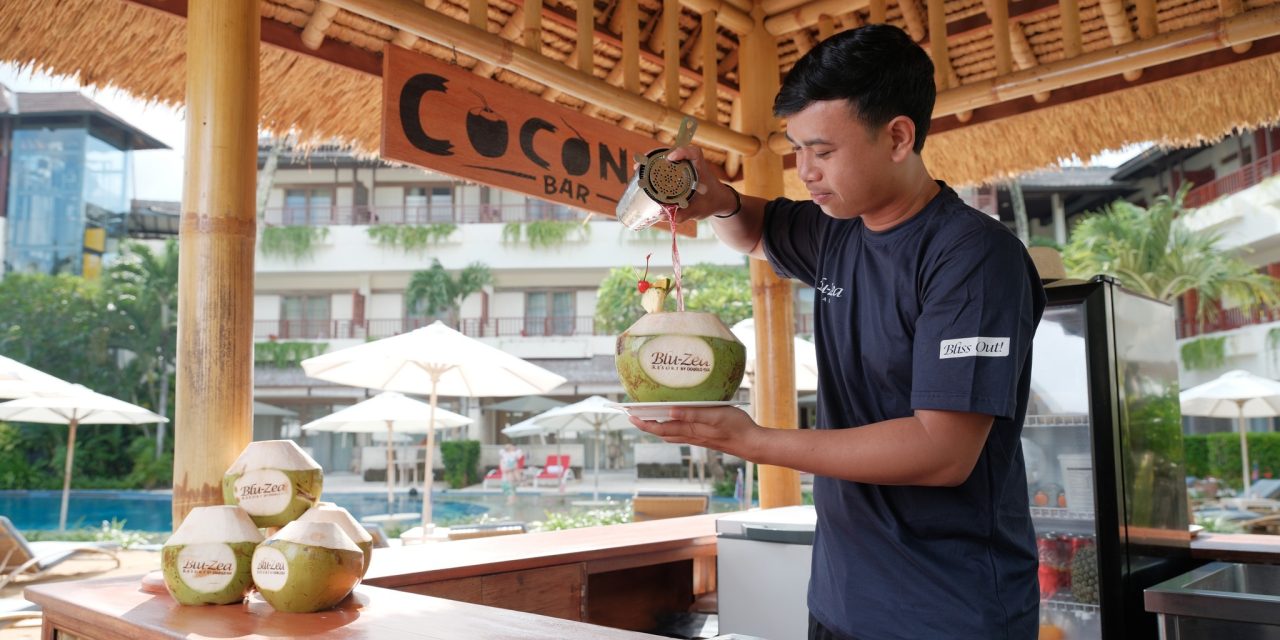Bali is often referred to as the Island of the Gods, and for good reason! Beyond its stunning landscapes and pristine beaches, Bali is a vibrant tapestry of culture and tradition, bursting with celebrations that are both colorful and captivating. If you’re planning a trip to this Indonesian paradise, you absolutely must experience its unique cultural festivals. They offer a heartfelt glimpse into the spirit of Balinese life and are unlike anything else you will find around the world. Here are some of the most unique festivals that should be on your itinerary.
Nyepi: The Day of Silence
One of the most extraordinary experiences in Bali is Nyepi, the Day of Silence, which usually falls in March. Imagine a day where everyone stops what they’re doing. No cars, no airplanes, and certainly no parties. It’s a day dedicated to self-reflection and meditation. I had the chance to experience Nyepi a few years back, and it was surreal. The hustle and bustle of Bali came to a complete standstill, and it felt like the island was holding its breath.
My experience:
As the sun set the night before, the streets were alive with the sound of gamelan music and colorful parades. The highlight was witnessing the Ogoh-Ogoh processions—giant, devilish effigies made from bamboo and paper, paraded through the streets and then burned to symbolize the expulsion of evil spirits. The atmosphere was electric! Once Nyepi arrived, everything changed. We stayed at our guesthouse, unable to leave, yet the tranquility was oddly comforting. I spent hours meditating and reflecting, feeling a deep connection to the island and its spirituality.
Practical Tip: If you’re on the island during Nyepi, book your accommodations well in advance. Some places may offer special activities before the day of silence, such as temple visits or Balinese cooking classes.
Galungan: A Festival of Triumph
Galungan is another unique celebration that occurs every 210 days in the Balinese calendar. It symbolizes the triumph of good over evil and the return of ancestral spirits to their home. Celebrating Galungan is like stepping into an elaborate painting; the streets and homes are adorned with penjor, beautiful arched bamboo poles decorated with offerings.
A touch of nostalgia:
On my visit during Galungan, I was invited by a local family to join them in their celebrations. I felt so honored! I remember watching them make offerings, including nasi kuning (yellow rice) and various sweets. The family dressed in traditional attire, and I was swept up in their joy, sharing laughter, stories, and delicious food. It was a beautiful reminder of the significance of family in Balinese culture.
Practical Tip: If you can, attend a ceremony at a local temple during Galungan. The atmosphere is filled with music and incense, and the community spirit is uplifting.
Kuningan: A Time for Honor
Just 10 days after Galungan, Kuningan marks the end of the festival. This day is particularly special, as it honors the ancestors who have visited during Galungan. As I walked through Ubud’s rice fields, I saw offerings laid out beautifully in front of homes, with families dressed in bright yellow – the color of Kuningan.
Insightful Observation:
What struck me during Kuningan was how deeply ingrained spirituality is in everyday life. Each family has their own unique offerings and rituals. The air is rich with fragrance—jasmine flowers, incense, and the warmth of shared meals. I got to join a family as they invited me to share a special meal made for their ancestors. I felt part of something bigger than myself.
Practical Tip: Try to engage with locals during Kuningan. Their stories and traditions will deepen your understanding of Balinese culture.
Bali Arts Festival: A Month of Celebration
If you’re visiting in June or July, don’t miss the Bali Arts Festival held in Denpasar. This month-long event showcases Balinese music, dance, and art in a grand celebration! I’ll never forget my first night there—the air filled with the rhythm of traditional gamelan music and the sights of colorful dancers in intricate costumes.
Relatable Scenario:
As I settled onto the grass with other spectators, I was mesmerized by a performance depicting the Ramayana, where each dancer not only performed but told a story. After the show, I found myself wandering through stalls selling local crafts. I couldn’t resist picking up a handcrafted painting for my wall back home—it’s a tangible reminder of the festival.
Practical Tip: Come early for the best seating and don’t hesitate to talk to local artisans. They often have incredible stories behind their work!
Conclusion
These festivals are just the tip of the iceberg when it comes to Bali’s rich tapestry of culture. Each event offers a unique perspective on the Balinese way of life, making it essential for any traveler seeking an authentic experience. The vibrancy, the artistry, and the spirituality of these celebrations will stay with you long after you leave the island. So, pack your bags, open your heart, and get ready to immerse yourself in the unforgettable cultural festivals of Bali!






